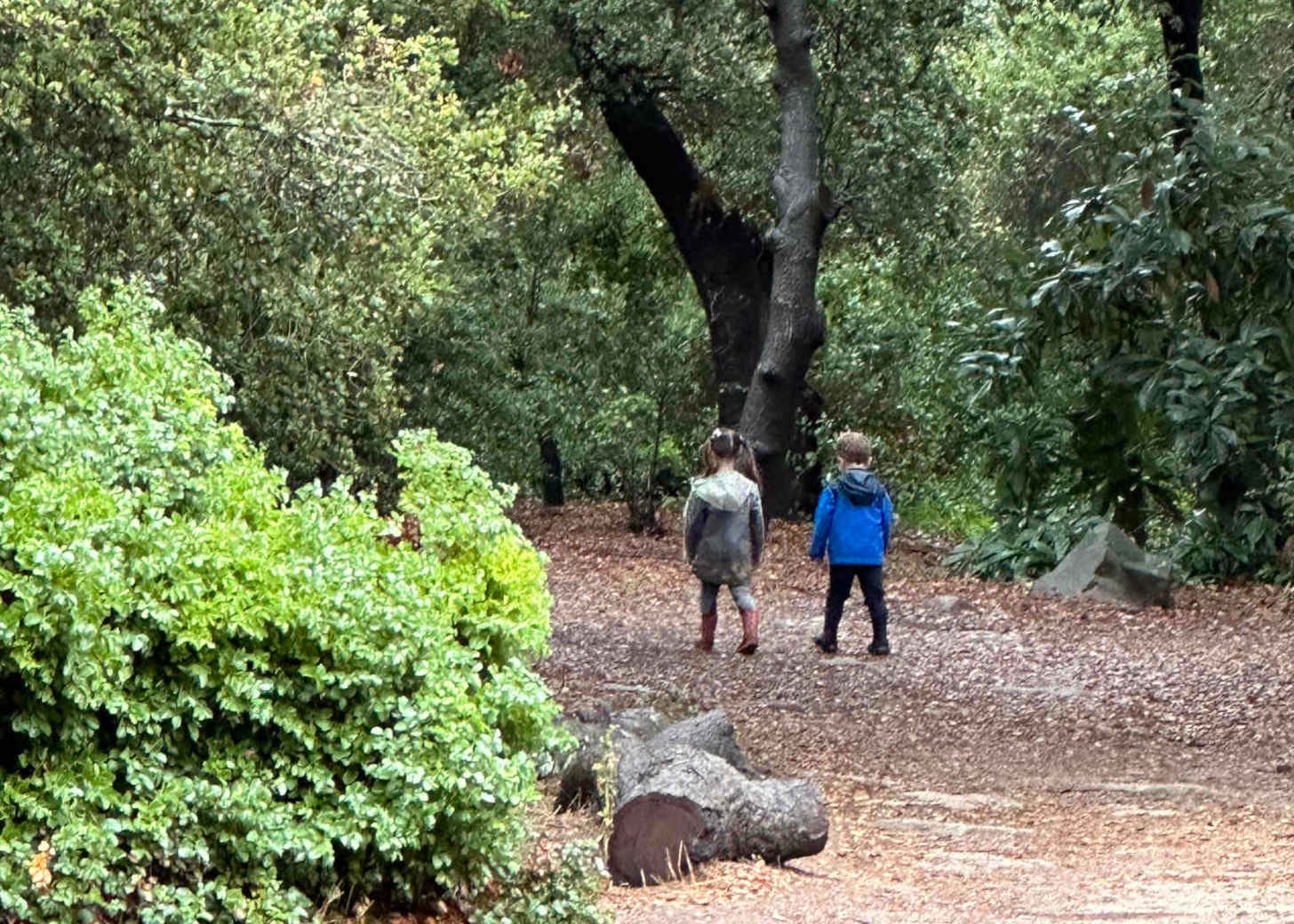How to Make a Better World Through Your Relationships
If we work on peacefulness inside, we can take that out into the greater community
MAUDE: Recently a dear friend wrote to me describing an experience she was having with the people helping her repair her house after severe rain damage:
I have enjoyed deeply spiritual experiences this week with the various tradesmen I have been dealing with regarding our flooding and the new roof. I’m meeting young and older men, some former military, and really connecting soul to soul with them. It’s real ministry and full of the Spirit. I had no idea what was possible when we meet people quite different from us on sacred ground. They are all being so kind to me and my husband because we are being kind and loving to them. It’s such a demonstration of the broader spiritual family!
This really hit home for me as a great example of how we can spread peace. If we work on peacefulness inside ourselves and learn to practice it in our closer relationships, then we can take that out into the greater community in our interactions with others.
Yesterday, I wound up at Urgent Care for a minor bizarre incident. Both the Nurse Practitioner and the Physician’s Assistant were wearing name tags. I found myself addressing them by their first name and introducing myself by my first name as well. This simple act created the sense of a person-to-person encounter that rapidly became an exchange filled with stories and some laughter as I was being treated for my injury. Again, I felt the importance to peaceful exchanges of being present and acknowledging the other as a person. This person-to-person contact carries with it the roots of peace, as it emphasizes our connection and the place where we are in fact all related.
Most people respond to being approached with openness and warmth, with presence and acknowledgment. Let’s work on our inner peace, and let’s work on the kind of presence with others that comes from calm within and promotes that peace in all our interactions.
PHIL: You get what you give. What you think is what you become. Karma. Projection.
These can all be described as the world reflecting yourself back at you, and this has tremendous implications. It means that if you are kind, open, sharing, and unafraid of other people, that is how they will respond to you; not, perhaps, to the same extent, but for sure, they will behave differently. As a result, your world will change for the better.
Let’s go further into what that interaction is like.
We’re talking about the experience of being open to someone when you meet them, of seeing them as another human being; someone with dreams, desires, and needs just like you. It is a peaceful attitude that can be recognized, and the other person feels that much better for it. Even if there are differences, the other person feels that their position is going to be taken into account. If you don’t get a peaceful response, don’t respond in kind, but continue to look at what is motivating them.
Not only your world, but the whole world is fractionally improved by your contribution. It may seem small, but it counts, just as every vote counts. Imagine what the world would be like if everybody acted in this way: world peace! Yes, we’re a long way off at the moment, but we are moving toward it, even if Ukraine and Gaza say otherwise. Hold this in mind when you interact with people. Be inspired, and be inspiring. Be a part of that goal.
Reading Corner
The articles here look at peace from the viewpoint of societies and individuals.
What Can We Learn from the World’s Most Peaceful Societies? “Given the grinding wars and toxic political divisions that dominate the news, it might come as a surprise to hear that there are also a multitude of sustainably peaceful societies thriving across the globe today. These are communities that have managed to figure out how to live together in peace—internally within their borders, externally with neighbors, or both—for 50, 100, even several hundred years. This simple fact directly refutes the widely held and often self-fulfilling belief that humans are innately territorial and hardwired for war.”
Cultivating peaceful relationships “If we can allow the human qualities of faith, hope, and love to be our orientating reference point, perhaps then we may be able to participate in the reinvention of the human at the level of species. One way of participating in the reinvention of the human species is that of cultivating peaceful relationships.”
Understanding Peace: A Comprehensive Guide to Achieving Global Harmony “At its core, peace encompasses far more than just the absence of violence or conflict. It is a state of harmony in which individuals and communities coexist in respect and understanding. Defining peace requires us to consider not only its absence but also the presence of positive elements, such as justice, equality, and compassion.”


